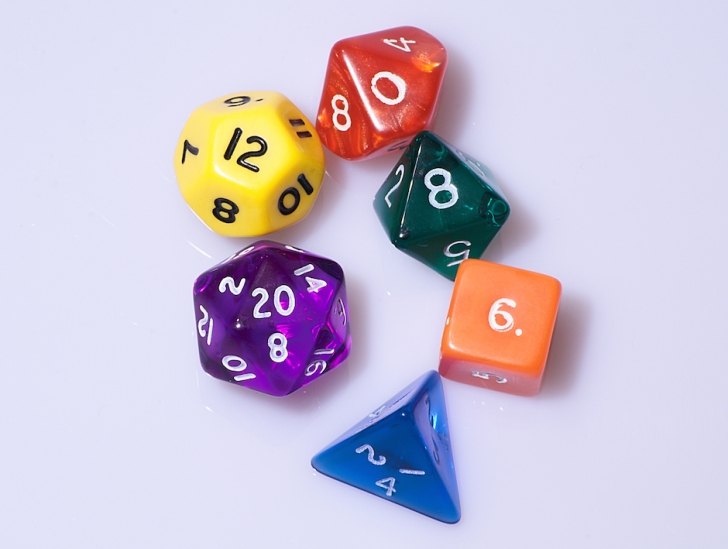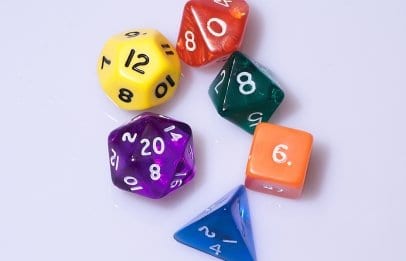
When speaking about the possibility of a female dwarf’s beard, that’s not a euphemism for something.
Popular tabletop roleplaying game Dungeons & Dragons has been around for 40 years now, and every few years publishers Wizards of the Coast will come out with a new rules guide, fiddling with the established system.
They have recently begun to unveil the fifth edition of their rules guide, fine-tuning the system in a handful of ways. One of the changes is less about combating dragons or magic use and more about how a dwarven woman might react to a comment about her fine beard:
“Think about how your character does or does not conform to the broader culture’s expectations of sex, gender, and sexual behavior,” the rules lay out in the character creation section. “For example, a male drow cleric defies the traditional gender divisions of drow society, which could be a reason for your character to leave that society and come to the surface.”
I learned D&D with friends using the 3.5 version, and while my group of friends, of course, incorporated queer themes into our games, nothing was ever specified about playing with gender, so the specification is a lovely nod from the gamemakers.
The same section states, “You can play a male or female character without gaining any special benefits or hindrances.” It’s a little known fact that in its original version, there was a quickly removed rule that gave women a penalty to their strength score.
Maybe I should elaborate for the unenlightened. When you create a character, you roll six ability scores that make up the basic building blocks of your character, including scores like dexterity, charisma and strength. Women in the first edition took a -2 to their strength score, under the notion that women are physically weaker than men — the fix was that women got a bonus to their charisma score, because all women are, of course, more comely and beguiling.
This is a somewhat apocryphal rule that was removed from the system. At least in the rules there has generally been equality of the sexes, but the fact that Wizards of the Coast have put it in writing definitely means something.
They’re also taking pains to make the game more inclusive for people who want to play as characters in between or outside the gender binary, ditto to non-heteros:
“You don’t need to be confined to binary notions of sex and gender. The elf god Corellon Larethian is often seen as androgynous or hermaphroditic, for example, and some elves in the multiverse are made in Corellon’s image. You could also play a female character who presents herself as a man, a man who feels trapped in a female body, or a bearded female dwarf who hates being mistaken for a male. Likewise, your character’s sexual orientation is for you to decide.”
As an experienced queer adventurer, I can tell you that inclusivity makes a difference.
Check out the Basic Rules for the fifth edition of Dungeons & Dragons on the Wizards of the Coast website, and get playing.


 Why you can trust Xtra
Why you can trust Xtra


